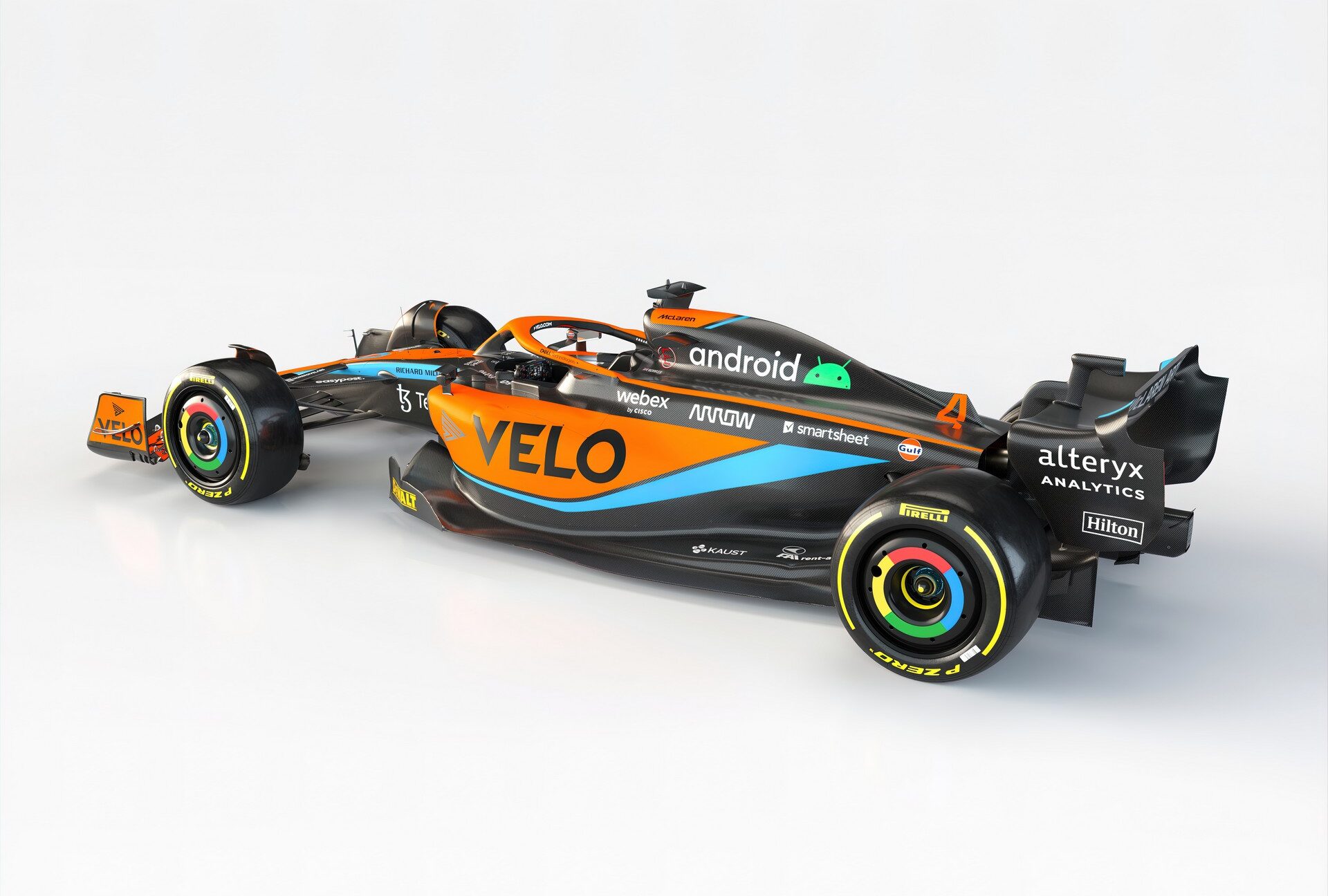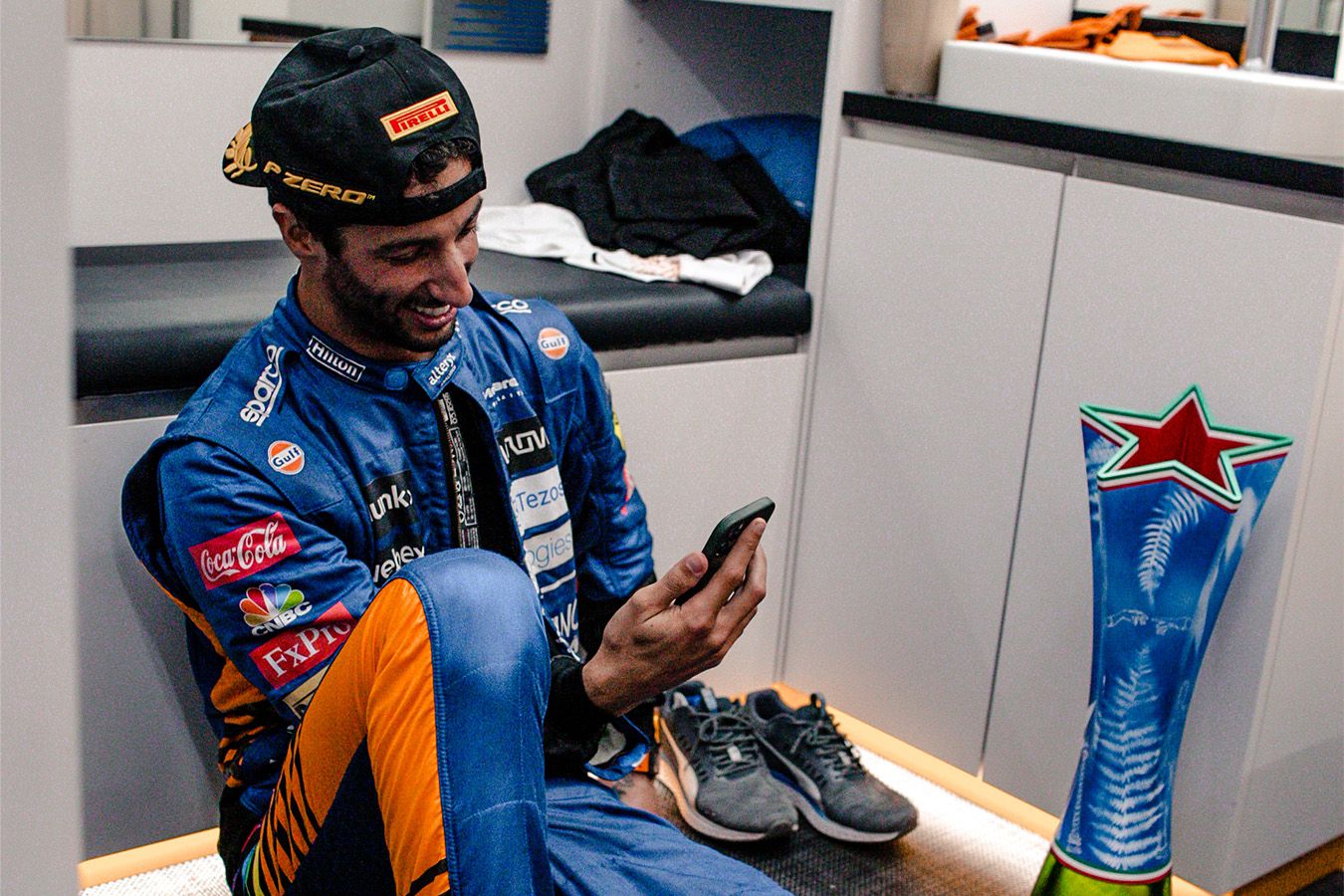F1 News: Lando Norris Slams New Regulation Cars – “More Limited”
McLaren driver Lando Norris has expressed his disappointment with the new Formula 1 cars that were introduced for the 2022 season. The changes to the aerodynamic principles, as well as changes to the tyres and bodywork, were intended to make the sport more interesting for viewers and help with overtaking. However, Norris stated that the new cars have taken away some of the enjoyment of driving.
The introduction of the new cars was met with mixed reactions from the teams and drivers. While some, such as Red Bull, have had success with the new cars, others have struggled. Mercedes, for example, has experienced issues with porpoising and drivers from other teams have been unable to fully utilize the cars’ potential. Despite these struggles, the new cars have delivered on their promise of better racing, with exciting competitions in Bahrain and elsewhere.

Norris, however, is not a fan of the new cars. He told The Mirror:
“I hate driving the cars compared to last year. They’re a different challenge. I wouldn’t say they’re as enjoyable as previous years’ cars, just in terms of how comfortable they are and how much you can play around with hitting the kerbs and lines and stuff like that. You’re a bit more limited now.”
One of the main issues that Norris has with the new cars is the lack of flexibility in terms of setup. In the past, teams and drivers would spend a lot of time fine-tuning the suspension and aerodynamics of their cars to suit their driving style and the track conditions. With the new cars, however, there is less room for adjustments, making it more difficult for drivers to extract the full potential of the car.
“Even with set-up, you’re a bit more limited. Generally, for us, it’s just going as low as you can and as stiff as you can, and then you go a bit softer if it’s too stiff.”
Another concern that Norris has with the new cars is that they may actually make it more difficult for other cars to follow and overtake. One of the main reasons for the changes to the aerodynamics was to reduce the amount of “dirty air” that is created by the leading car, which makes it harder for cars behind to follow. However, Norris believes that as teams and engineers continue to optimize the cars, they will inevitably generate more downforce, which will in turn make it more difficult for other cars to follow.
“I expect the more [the] cars change and improve, the more downforce you have, the worse [the] following [on track] is going to be.”
This is a significant evaluation from an experienced driver like Norris, and with other figures in the sport, such as Adrian Newey, also raising concerns about the evolution of these cars, it’s worth noting that steps may need to be taken to make changes. The weight of these cars could be a focus for future alterations. As Norris and many others noted, reducing the weight of the cars could greatly help the issues that they have.
In conclusion, while the new F1 cars have delivered on their promise of better racing, it’s clear that they have also introduced a new set of challenges for teams and drivers. As the sport continues to evolve, it will be important for the FIA and the teams to work together to find a balance that promotes exciting racing while also preserving the thrill and enjoyment of driving for the drivers.


